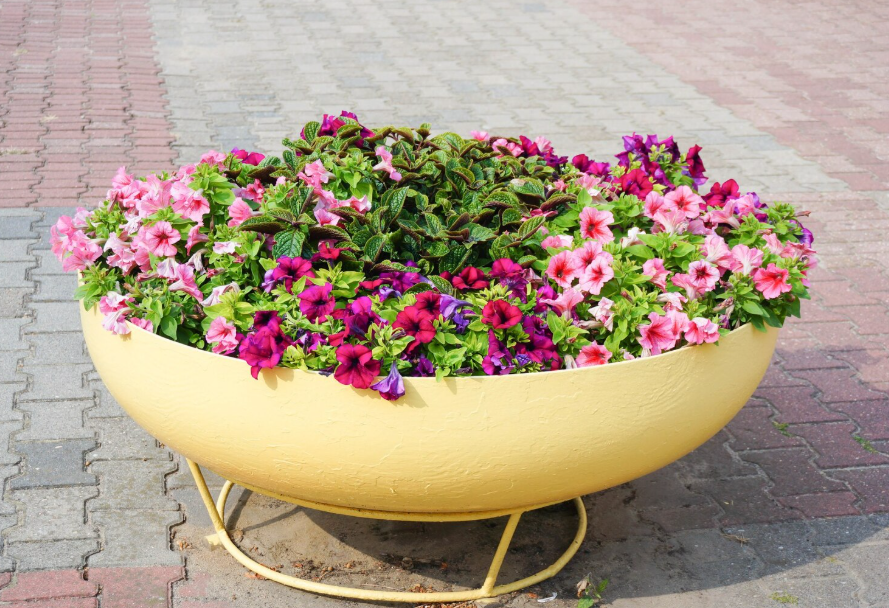A kitchen garden is one of the most rewarding ways to connect with your food and your outdoor space.
By thoughtfully arranging herbs, vegetables, and fruits, you can create a garden that is both productive and beautiful, ideally suited to your lifestyle. The proper layout ensures plants thrive while making harvesting easy and enjoyable.
The Classic Raised Bed Grid
Raised beds are a favorite for good reason. By dividing your garden into neat sections, you can organize crops by type, size, or growing season. This grid system keeps plants accessible and reduces soil compaction since you don’t need to walk on the beds.
Raised beds also provide excellent drainage, allowing you to control the quality of the soil. They’re perfect for beginner gardeners and can be customized in size and shape to fit even small yards or patios.
For more seasonal planting ideas, see What to Plant Now for Year-Round Color.
The Compact Container Garden
For those with limited space, container gardens are a practical and versatile solution. Pots, troughs, and even repurposed buckets can hold everything from cherry tomatoes to fresh basil. Arranging containers on a sunny balcony or porch keeps your kitchen garden close at hand.
Containers make it easy to move plants to optimal light conditions, protect them from harsh weather, or refresh the soil when needed. They also allow for creative design—mix herbs, flowers, and vegetables in decorative pots for a garden that doubles as outdoor décor.
Better Homes & Gardens offers a detailed guide on how to grow vegetables in containers, with practical tips for beginners.
The Row-by-Row Traditional Plot
If you have the yard space, a traditional row garden offers a straightforward approach. Planting in long, parallel rows keeps things organized and easy to manage, especially for larger crops like corn, beans, or squash. This layout makes watering, weeding, and harvesting efficient with clear walking paths in between.
Row gardens are best suited to larger spaces and require more upkeep than raised beds or containers. But for gardeners who love a classic, productive setup, the payoff in yield can be impressive.
The Interplanted Design
Interplanting is all about maximizing space and creating balance. By growing complementary plants side by side, you make the most of each square foot while encouraging natural pest control. For example, planting basil near tomatoes enhances flavor and deters insects, while carrots and onions thrive as neighbors.
This approach also brings visual variety, turning your garden into a patchwork of textures and colors. Interplanting works well in both raised beds and ground-level plots, making it a flexible option for creative gardeners.
Check out our guide on Attracting Pollinators with Style to invite even more beneficial wildlife.
The Vertical Kitchen Garden
When horizontal space is scarce, consider using vertical space instead. Trellises, wall-mounted planters, or tiered shelves allow you to grow herbs and vegetables upward rather than outward. Climbing crops, such as cucumbers, peas, and beans, thrive in this setup, while hanging baskets keep herbs within easy reach.
Vertical gardens are ideal for small yards, patios, or even indoor spaces with good light. They not only save space but also create striking green walls that act as living décor.
To bring the outdoors inside, see How to Bring the Outdoors In with Plants & Natural Accents.
Summing It Up
The beauty of a kitchen garden is that there’s no one-size-fits-all approach. Whether you choose raised beds, containers, rows, interplanting, or vertical systems, the best layout is the one that fits your space and lifestyle.
With thoughtful planning, your kitchen garden becomes both a source of fresh food and a personal retreat that nourishes body and soul.




